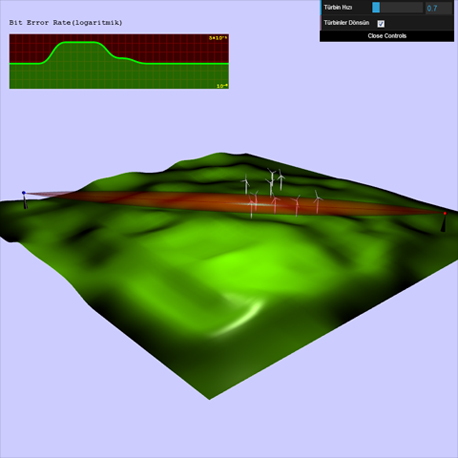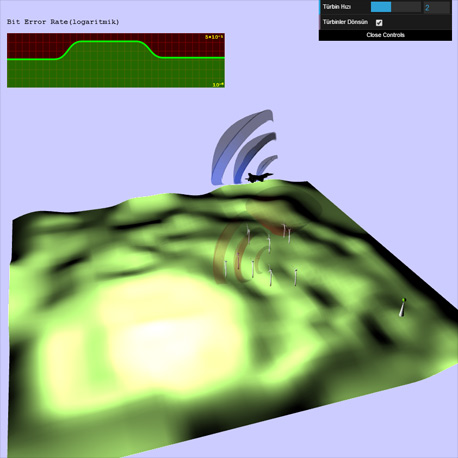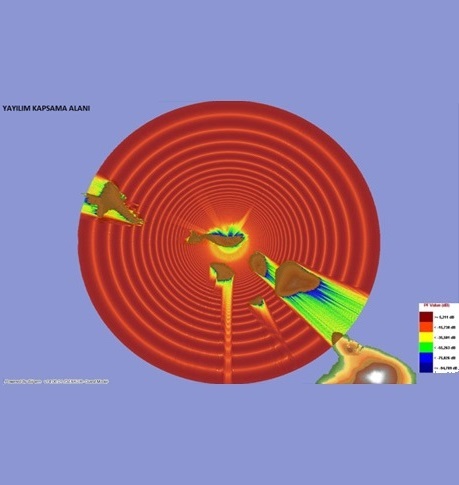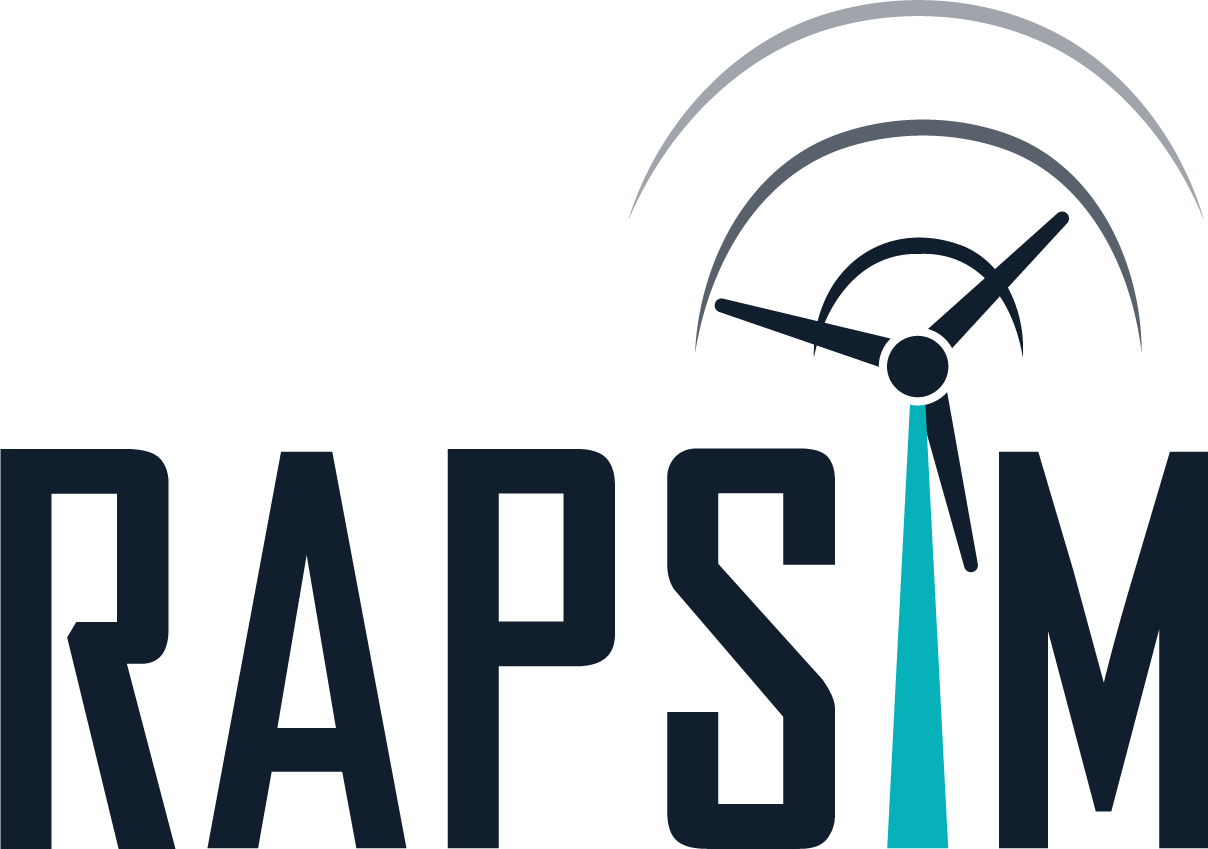RAPSIM
System and Analysis Modelling
System and Analysis Modeling involves the realistic modeling of the hardware (antenna pattern, etc.) and/or software (signal processing, etc.) components of electronic systems such as radar, radio or passive listening. The analyses performed on these modeled systems include performance and evaluation analyses in accordance with their operating principles. This process aims to improve design and functionality by examining hardware and software interactions.
Fresnel Analysis for Radiolink Systems

Fresnel Analysis for Radiolink Systems is an analysis method performed to ensure uninterrupted communication between the transmitter and receiver ends of digital and analog radiolink systems. This analysis aims to ensure uninterrupted transmission of electromagnetic waves at the operating frequency of the radiolink system within the Fresnel zone on the path between the transmitter and receiver. It is performed to detect interruptions in the Fresnel zone caused by obstructions, natural or man-made structures. In this way, potential problems in communication lines can be identified in advance, optimizing the reliability and performance of radiolink systems.
Average Bit Error Probability Analysis for Digital Communication Systems

Average Bit Error Probability (ABEP) Analysis provides realistic perspectives on the performance of various communication systems using digital modulation techniques in real-world applications. These systems include Secondary Surveillance Radar (SSR) or Identification Friend or Foe (IFF) systems, digital Ground-Air (GA) radio systems, digital radiolink systems, cellular communication systems, and digital video broadcasting (DVB) systems. As a result, it aims to enhance the reliability of applications by offering effective solutions in system and/or platform setup and operation based on the observation of ABEP performances in practical scenarios.
Coverage Area Detection

In the RAPSIM simulation environment, the coverage areas of electronic systems can be calculated optically and electromagnetically in 360 degrees. The Coverage Area Detection capability allows determining the presence of any location or object on the Earth's surface within the Propagation Coverage obtained through an electromagnetic propagation model that includes reflection, atmospheric effects, refraction, and diffraction. This includes:
- Optical Direct Line of Sight (Line of Sight, LOS)
- Electromagnetic Direct Line of Sight (EM-LOS)
- Within the Propagation Coverage obtained through an electromagnetic propagation model covering reflection, atmospheric effects, refraction, and diffraction.

